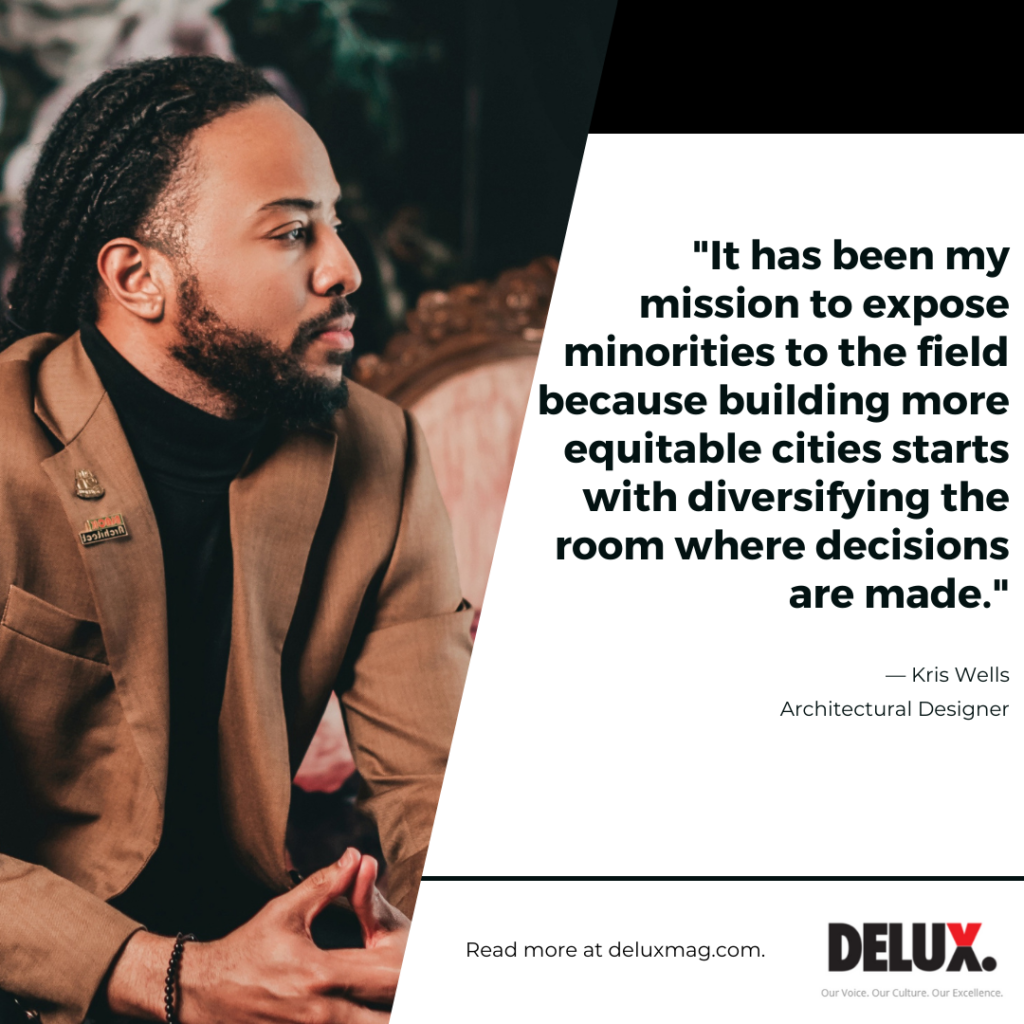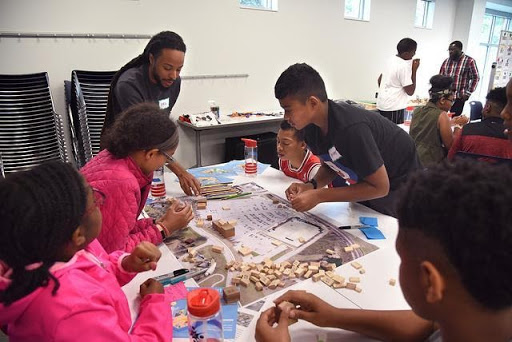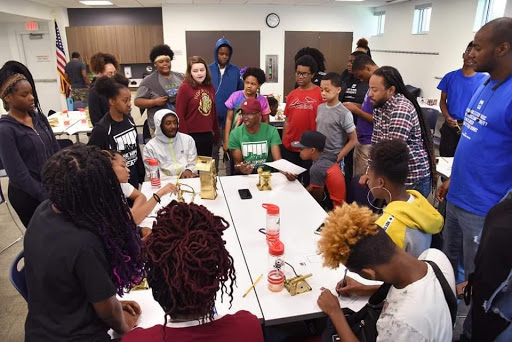Kris Wells will soon represent just two percent of Black architects in the United States after becoming licensed.

That two percent figure exemplifies the power and access, or lack thereof, of Black architects responsible for building the cities and suburbs, housing, schools, government buildings, and any other variety of structures we live in or visit every day.
“When we think about the design and structure of our neighborhoods, the lack of diversity within the industry means that we are not present in the room when it comes to decision-making,” said Wells. “By diversifying the field, we can continue to create space for others like me to join, but it starts with educating young students on architecture.”
Wells, who was raised in St. Louis, MO and earned both his Bachelors and Masters of Architecture at Southern Illinois University Carbondale, quickly learned how architects have been at the center of social engineering and how their efforts have been responsible for creating conditions that have adversely affected so many communities of color for generations.
In a thesis titled “Divided by Design”, Wells further explains how racial segregation has helped to create a unique style of planning that catered to segregating neighborhoods. From isolated schools, separate rooms at transport stations, and separate drinking fountains in public spaces.
“Architecture goes far beyond designing and creating buildings. We have a responsibility on improving neighborhoods and communities through planning,” said Wells. “The social responsibility of architects lies in part in believing that architecture can create better places, that architecture can affect society, and that it can even have a role in making a place civilized by making a community more livable.”
Many experts believe the first step of addressing the industry’s representation problem to respond to racial challenges is by introducing the field to more young people of color.
“My experience of being Black in architecture involves addressing the challenges minority communities face while applying the skill and access to sophisticated technology to improve the quality of life,” said Wells.
Wells has participated as a volunteer in the Hip Hop Architecture Camp since 2018. The organization positions Hip Hop culture as a catalyst to introduce underrepresented youth to architecture, urban planning and design.

“Participating students are exposed to the industry and apply their learnings to their existing habitats,” said Wells. “They learn how important it can be to work on improving our own neighborhoods and how design impacts the built environment.The environments they see are affecting their life, and they can take control by building solutions to address these challenges.”
Wells believes when students are trained to recognize the shortfalls of their own built environments, they may be inspired to join the profession and enact change.
He credits his career in the industry to his participation in the ACE mentor program, a free, award-winning, after school program designed to attract high school students into pursuing careers in the Architecture, Construction and Engineering industry, including skilled trades.
“The ACE mentor program gave me exposure to the industry, and after realizing the lack of Black leaders in the field, I wanted to make a difference,” said Wells.
Wells would like to shift his career to Urban Planning, using a participatory approach that engages local communities in the early stages of the design process. He also plans to increase his involvement in the National Organization of Minority Architects’ St. Louis Chapter and Project Pipeline, a plan that would introduce minority students, with a focus on Black students, to architecture with the ultimate goal of creating more licensed Black architects.

“There are few to any programs here in St.Louis for youth that bring awareness to the study of architecture. The future and current projection of my profession is at stake,” said Wells. “It has been my mission to expose minorities to the field because building more equitable cities starts with diversifying the room where decisions are made.”
- Behind the Curtain with Neuroscientist Dr. Natalie King - Monday, March 18, 2024
- Celebrate Fatherhood This Saturday on the Rooftop of ANEW with Dear Fathers - Monday, June 12, 2023
- CASA of St. Louis advocates for children in foster care – and it needs more community volunteers - Monday, May 8, 2023






